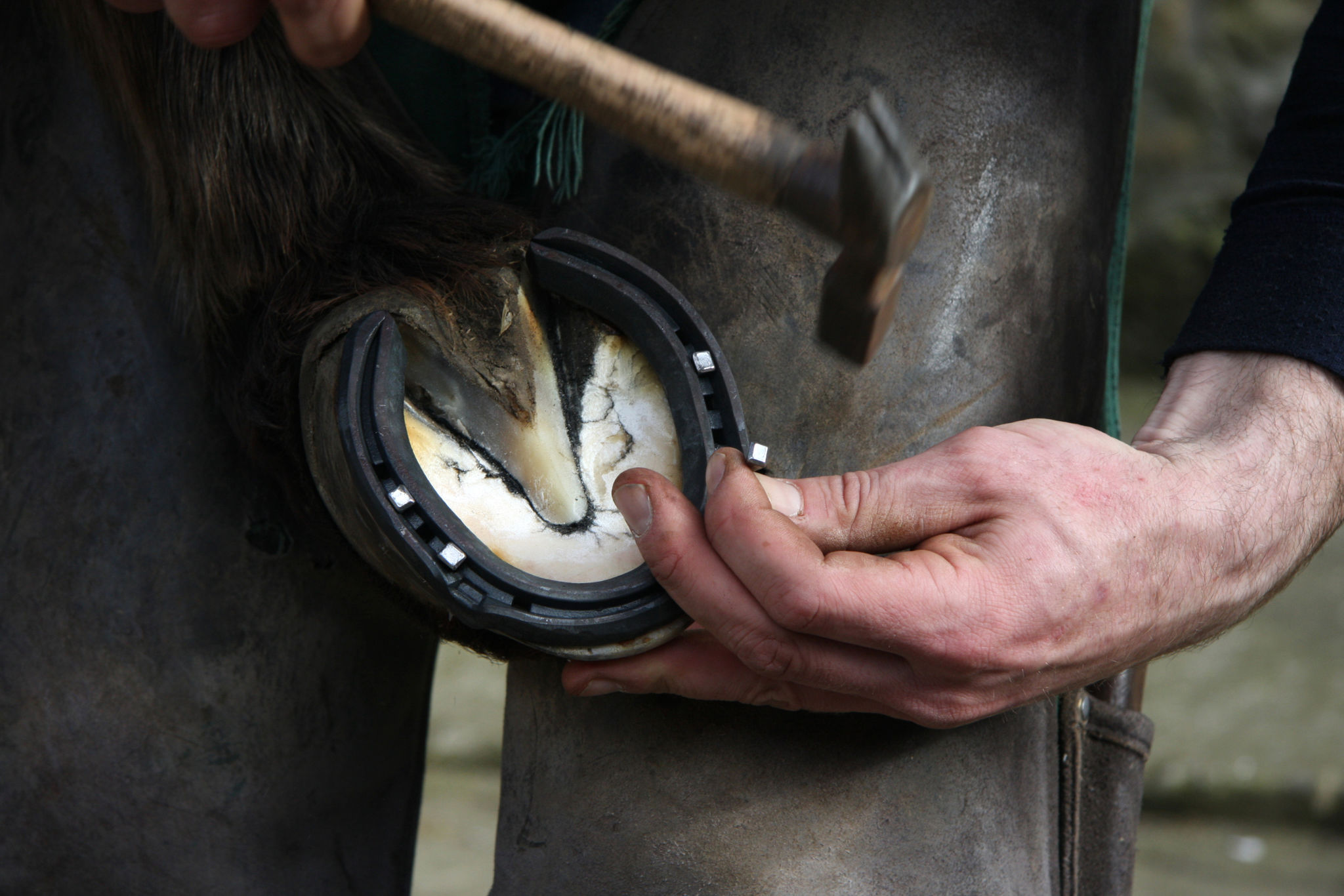Myth-Busting: Common Misconceptions About Hoof Care
Understanding Hoof Care
When it comes to caring for horses, hoof care is often surrounded by myths and misconceptions. Understanding the truth about hoof maintenance is crucial for the health and well-being of your horse. In this post, we aim to debunk some of the most common myths about hoof care, ensuring you have the right knowledge to keep your equine friend in top condition.

Myth 1: Barefoot Horses Don't Need Regular Trimming
One prevalent myth is that barefoot horses don't require regular hoof trimming. The truth is, regardless of whether a horse is shod or barefoot, regular trimming is essential. Hooves grow continuously, and without proper maintenance, they can become uneven or cracked, leading to discomfort and potential lameness. It’s recommended to have a professional farrier evaluate and trim your horse's hooves every six to eight weeks.
Myth 2: All Horses Should Wear Shoes
Another common misconception is that all horses need shoes. In reality, not every horse requires shoeing. While shoes can provide protection and support for horses with specific needs or those that work on rough terrain, many horses can thrive without them. The decision to shoe a horse should be based on individual hoof health, workload, and environment. Consulting with a knowledgeable farrier can help determine what’s best for your horse.

Myth 3: Hoof Cracks Are Always Dangerous
While hoof cracks can be concerning, not all of them are dangerous. Superficial cracks often occur as a natural response to environmental changes and may not affect the horse's overall health. However, deep or persistent cracks can indicate underlying issues such as poor nutrition or improper hoof care. It's essential to assess the severity of the crack and consult a professional if you're unsure about its impact.
Myth 4: Hoof Oil Is Necessary for All Horses
Many horse owners believe that applying hoof oil is a necessary part of maintaining healthy hooves. However, excessive use of hoof oils can sometimes do more harm than good. Natural moisture balance is crucial for healthy hooves, and overuse of oils can disrupt this balance. It's best to use hoof oil sparingly and only when needed, such as in dry conditions or when advised by a farrier.

Myth 5: Diet Has No Effect on Hoof Health
The notion that diet does not impact hoof health is another misconception. A horse's diet plays a significant role in maintaining strong, healthy hooves. Nutrients such as biotin, zinc, and omega-3 fatty acids are critical for hoof growth and strength. Ensuring your horse receives a balanced diet with these nutrients can promote better hoof health and prevent issues related to poor nutrition.
The Importance of Professional Guidance
While many myths about hoof care persist, seeking advice from professionals such as veterinarians and farriers is essential in making informed decisions for your horse's health. They can provide personalized recommendations based on your horse's specific needs and conditions.
In summary, understanding the reality behind common myths about hoof care can lead to better health outcomes for your horse. Whether it's regular trimming, deciding on shoeing, or evaluating dietary needs, a comprehensive approach to hoof care is vital. By debunking these myths, we're better equipped to provide the best care for our equine companions.